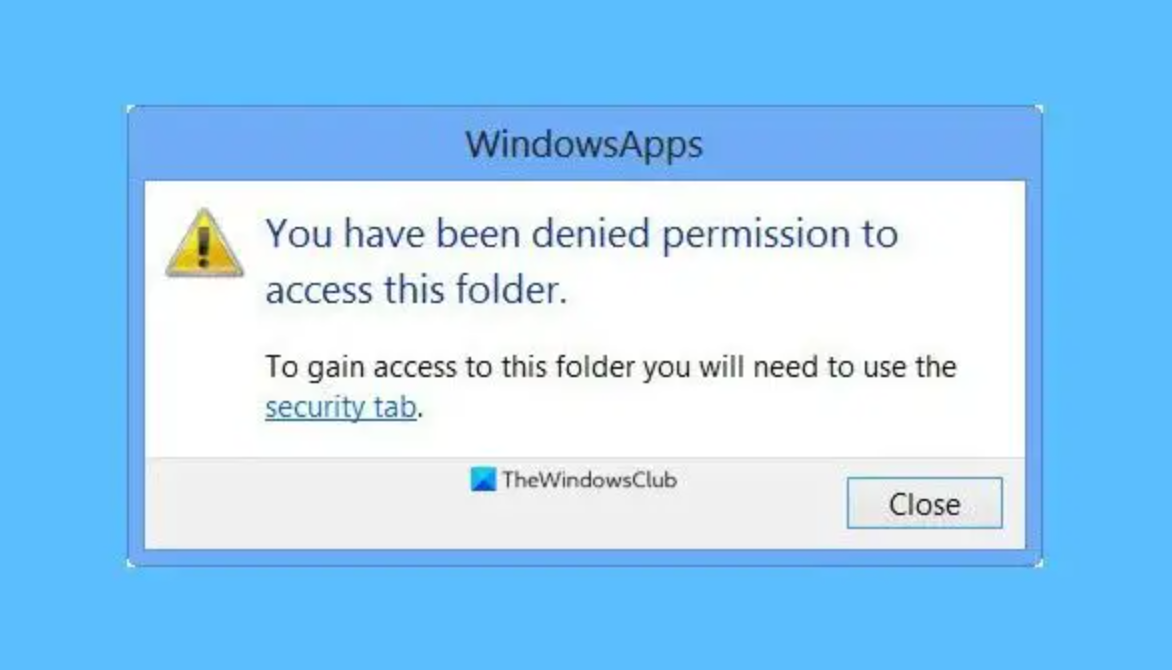Introduction:
Encountering a persistent “Folder Access Denied” error in Windows can be a frustrating roadblock, disrupting your workflow and preventing seamless file management. Whether you’re facing issues with permissions, and ownership, or encountering the infamous “Access Denied” message, this concise guide provides swift solutions to get you back on track.
In the following sections, we’ll streamline the essential steps to troubleshoot and resolve these common hurdles. From securing ownership and permissions to leveraging specialized tools like AnyRecover, we’ve curated a straightforward roadmap to regain control of your folders.
Let’s try into a quick, actionable guide to fix “Folder Access Denied” errors efficiently, ensuring that you can navigate your Windows system with ease.
Section 1: Why Does “Folder Access Denied” Error Occur?
-
Get Ownership of the File and Folder:
Encountering the “Folder Access Denied” error often stems from ownership discrepancies. To swiftly resolve this, follow these quick steps:
- Right-click on the Folder Access Denied or file in question.
- Navigate to “Properties” and select the “Security” tab.
- Click on “Advanced” and head to the “Owner” tab.
- Select your user account and check “Replace owner on sub containers and objects.”
- Click “Apply” to save changes.
-
Get Permission of the File and Folder:
Inadequate permissions can be a culprit. Correct them with these concise actions:
- Right-click on the problematic folder or file.
- Choose “Properties” and navigate to the “Security” tab.
- Click “Edit” and ensure your user account is listed.
- Grant “Full control” permissions.
- Apply the changes.
-
Decrypt File and Folder:
If your files are encrypted and causing access issues, decrypt them promptly:
- Right-click on the encrypted file or folder.
- Select “Properties” and navigate to the “General” tab.
- Click “Advanced” and uncheck “Encrypt contents to secure data.”
- Apply changes to decrypt.
-
Adding Your Account to the Administrator Group:
Elevating your account to the Administrator group can resolve permission hurdles:
- Open “Control Panel” and navigate to “Administrative Tools.”
- Access “Computer Management” and choose “System Tools.”
- Open “Local Users and Groups” and click on “Groups.”
- Double-click on “Administrators” and add your account.
- Confirm changes and restart if prompted.
By swiftly executing these concise steps, you can address ownership and permission issues, decrypt files, and elevate your account privileges, paving the way to eliminate the “Folder Access Denied” error in Windows.
Section 2: How to Access the Folder When You Cannot Fix the Error?
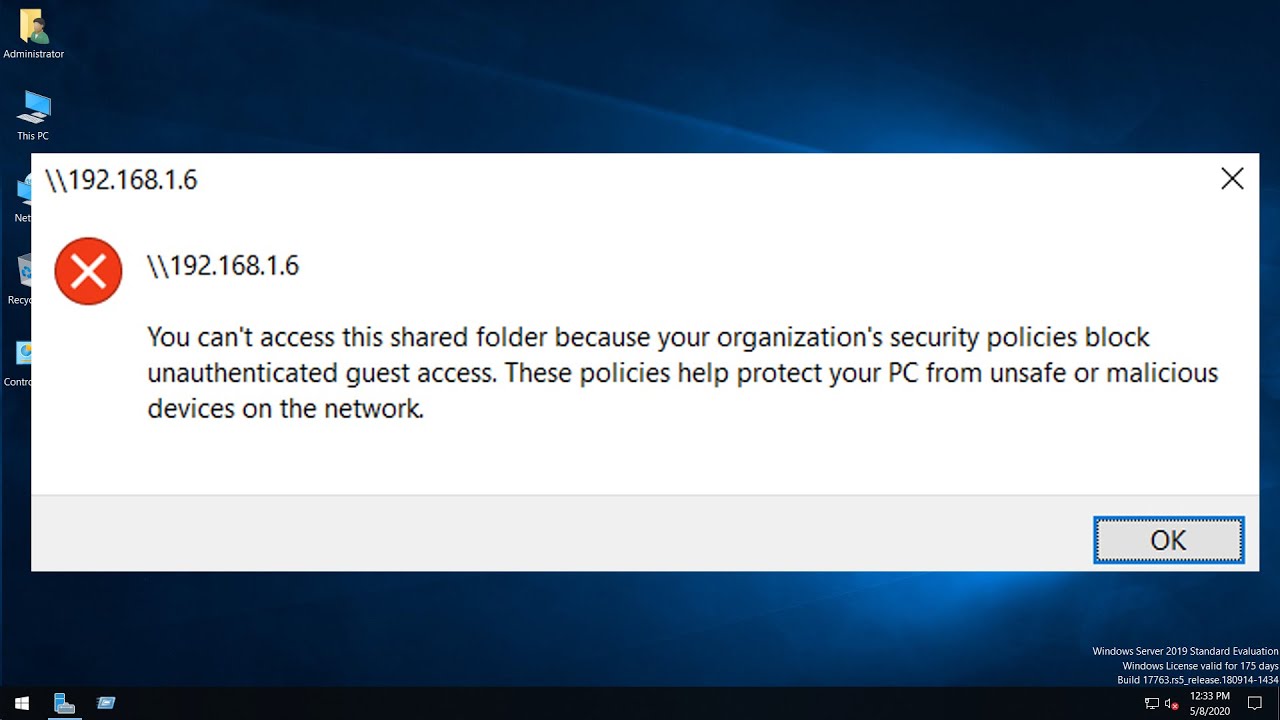
Key Features of AnyRecover That Helps You Access the Folder:
For situations where traditional methods fall short, tools like AnyRecover can be invaluable. Here’s a quick guide on leveraging its key features:
-
Follow the Simple Steps:
- Download and install AnyRecover on your system.
- Launch the application and choose the location of the inaccessible folder.
- Click “Next” to start the scanning process.
- Preview the recoverable files and select the desired items.
- Click “Recover” to save the files to a new location.
Access Denied or Other Errors When Working with Files and Folders in Windows:
Issues:
-
I Receive an “Access Denied” Error Message:
- Confirm ownership and adjust permissions.
- Decrypt files if encryption is causing the problem.
- Ensure your account is part of the Administrator group.
-
I Cannot Access, Change, Save, or Delete Files and Folders:
- Confirm ownership and adjust permissions.
- Decrypt files if encryption is causing the problem.
- Ensure your account is part of the Administrator group.
-
I Cannot Open a File or Folder After I Upgrade to a New Version of Windows:
- Confirm ownership and adjust permissions.
- Decrypt files if encryption is causing the problem.
- Ensure your account is part of the Administrator group.
Section 3: How To Fix “Folder Access Denied” in Windows
Common Solutions:
-
Folder Access Denied in Windows 11:
- Review and adjust ownership and permissions.
- Temporarily disable antivirus software.
- Ensure your account has the necessary permissions.
-
Manage Folder Administration:
- Navigate to folder properties and modify ownership settings.
- Adjust permissions to grant necessary access.
- Temporarily deactivate antivirus protection.
-
Disable Antivirus:
- Temporarily turn off antivirus protection.
- Attempt to access the folder again.
-
Ensure You Have Permission:
- Check and adjust folder permissions.
- Verify that your user account has the necessary rights.
-
Folder Access Denied Windows 10:
- Confirm ownership and adjust permissions.
- Set your computer administrator.
- Temporarily deactivate antivirus software.
-
Set Computer Administrator:
- Elevate your user account to the administrator group.
- Adjust ownership and permissions accordingly.
-
Temporarily Deactivate Antivirus:
- Disable antivirus protection temporarily.
- Retry accessing the folder.
-
Get the Right Permissions:
- Modify folder permissions to grant full access.
- Confirm ownership settings.
-
Folder Access Denied Windows 7:
- Adjust ownership and permissions.
- Modify user account settings to ensure administrator rights.
- Temporarily deactivate antivirus protection.
-
Modify Ownership:
- Change the ownership of the folder or file.
- Adjust permissions accordingly.
-
Change Permission:
- Modify folder permissions to grant necessary access.
- Ensure your user account is listed.
-
Folder Access Denied, You Need Permission:
- Review and adjust folder permissions.
- Confirm ownership settings.
-
Folder Access Denied as Admin:
- Verify administrator rights for your user account.
- Adjust ownership and permissions.
-
Folder Access Denied When Deleting:
- Confirm ownership and permissions.
- Ensure no processes or applications are actively using the folder.
-
Permission Granted:
- After making necessary adjustments, confirm access.
- Retry any actions previously denied.
Section 4: Windows 10/11 “Access Denied” Folder Errors: 5 Easy Fixes
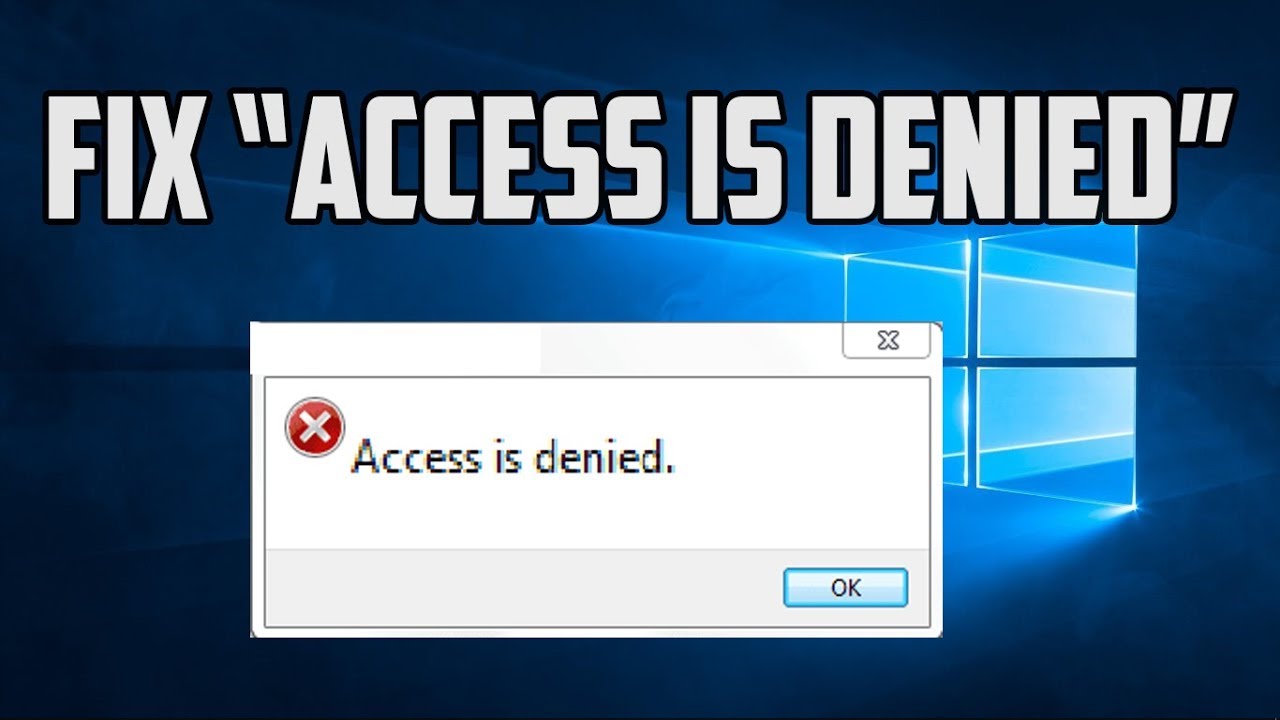
-
Are You an Administrator?
- Confirm your user account has administrator rights.
- Adjust account settings if needed.
-
Fix Access Denied Errors by Taking Ownership:
- Right-click on the folder or file.
- Navigate to “Properties” > “Security.”
- Click “Advanced” and go to the “Owner” tab.
- Change ownership to your user account.
- Caution: Be mindful when changing ownership settings.
-
Be Careful When Changing File Ownership Settings:
- Ensure you understand the implications of changing ownership.
- Review the permissions after making changes.
-
Review Folder Permissions:
- Right-click on the folder or file.
- Go to “Properties” > “Security.”
- Click “Edit” to modify permissions.
- Grant necessary access to your user account.
-
Double-Check Your Antivirus Settings:
- Temporarily disable antivirus protection.
- Retry accessing the folder.
-
Check for File Encryption:
- Right-click on the file or folder.
- Go to “Properties” > “General.”
- If encrypted, decrypt the file.
Fixing “Destination Folder Access Denied” and “You Have Been Denied Permission to Access This Folder”
-
Access Is Denied? We’ll See About That:
- Apply the steps mentioned in previous sections.
- Confirm ownership and permissions.
Upgrade Your Tech IQ With Our Free Newsletters:
-
Artificial Intelligence:
Stay updated on the latest in AI.
-
WhatsApp:
Explore tips and tricks for using WhatsApp.
-
You Can Now Create Music With Copilot, but Is It Any Good?:
Discover new tools and features.
-
The 7 Best AI Writing Tools to Use Today:
Enhance your writing with AI-powered tools.
-
How to Create a Free AI Avatar on TikTok:
Explore creative AI applications.
-
How to Make Your WhatsApp Stickers on Android and iPhone:
Personalize your messaging experience.
-
Google Is Ending Unlimited WhatsApp Backups, but You Do Have Options:
Stay informed about tech changes.
-
You Can Now Start a Discord-style voice Chat on WhatsApp:
Explore new communication features.
Trending Now:
-
How to Share Videos With Instagram Notes:
Share multimedia content effectively.
-
SoundCloud vs. Spotify: Which One Is Better?:
Compare popular music platforms.
-
What Is RCS Messaging on Android and How Do I Use It?:
Explore advanced messaging features.
-
9 Ways to Fix Access Denied to Destination Folders in Windows 10:
Additional solutions for specific errors.
Section 5: 9 Ways to Fix “Access Denied” to Destination Folders in Windows 10
-
Change Folder Ownership:
- Right-click on the folder and select “Properties.”
- Navigate to the “Security” tab and click on “Advanced.”
- Head to the “Owner” tab and click “Change.”
- Enter your username, click “Check Names,” and then “OK.”
-
Set Permissions for Pen Drive or Hard Drive:
- Right-click on the drive and choose “Properties.”
- Go to the “Security” tab and click “Edit.”
- Select your username and grant the necessary permissions.
-
Open Network and Sharing Center:
- Navigate to “Control Panel” > “Network and Sharing Center.”
- Click on “Change advanced sharing settings.”
- Enable network discovery and file sharing.
-
Perform CHKDSK to Repair the Disk:
- Open Command Prompt as Administrator.
- Type
chkdsk /f and press Enter.
- Allow the tool to scan and repair the disk.
-
Check Connection and Share Permissions:
- Ensure network connections are stable.
- Confirm share permissions for network Folder Access Denied.
-
Disable User Account Control:
- Open “Control Panel” and go to “User Accounts.”
- Click on “Change User Account Control settings.”
- Move the slider to “Never notify” and click “OK.”
-
Perform a Clean Boot:
- Open “System Configuration” by typing
msconfig in the Run dialog.
- Go to the “Services” tab and check “Hide all Microsoft services.”
- Click “Disable all” and go to the “Startup” tab.
- Click “Open Task Manager” and disable startup items.
-
Use Advanced Sharing:
- Right-click on the Folder Access Denied and choose “Properties.”
- Go to the “Sharing” tab and click “Advanced Sharing.”
- Check “Share this folder” and customize permissions.
-
Get Full Access via CMD:
- Open Command Prompt as Administrator.
- Type
icacls "C:\Your\Path" and press Enter.
- Replace “C:\Your\Path” with the actual path of the Folder Access Denied.
- Confirm full access permissions.
Back-Up Important Folders Regularly to Prevent Data Loss:
- Emphasize the importance of regular backups.
Section 6: Methods to Solve Windows 11 Destination Folder Access Denied
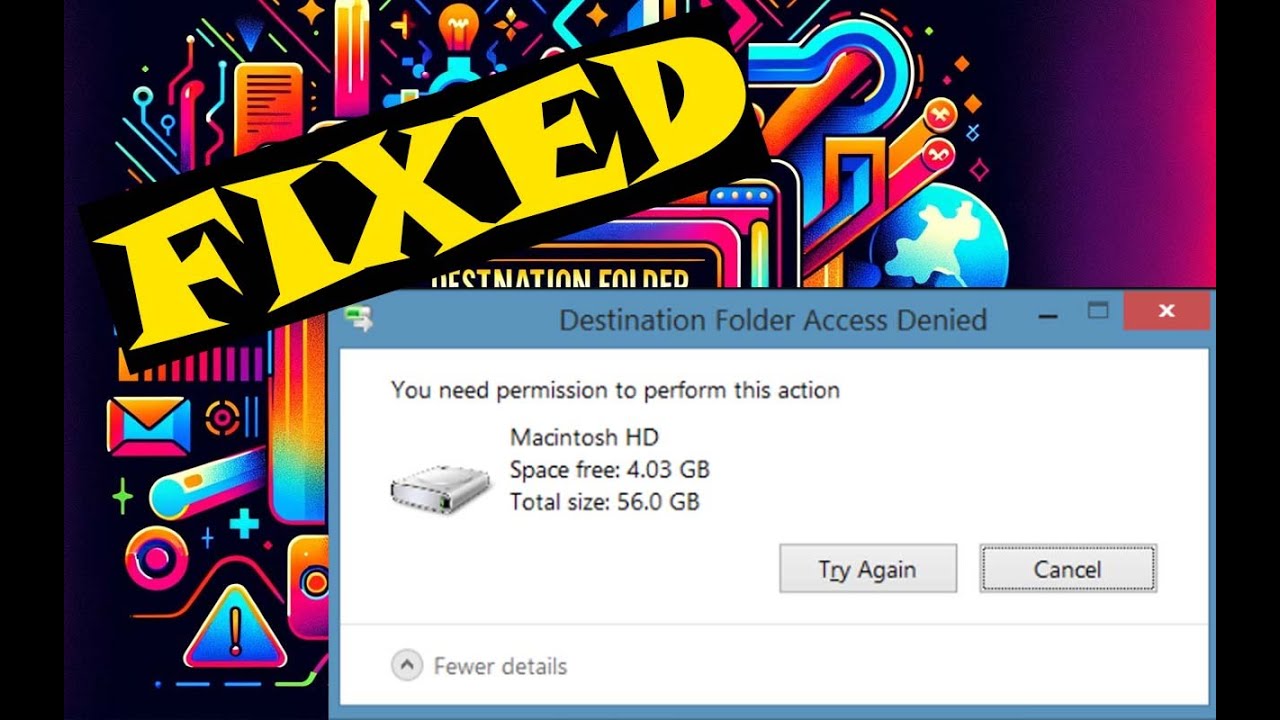
-
Verify Ownership:
- Confirm ownership of the Folder Access Denied or file.
- Adjust ownership settings if necessary.
-
Adjust Permissions:
- Right-click on the Folder Access Denied and select “Properties.”
- Go to the “Security” tab and click “Edit.”
- Adjust permissions to allow full control.
-
Check for Encryption:
- Navigate to the “General” tab in Folder Access Denied Properties.
- If encrypted, decrypt the file or folder.
-
Update User Account Settings:
- Ensure your user account has administrative privileges.
- Modify account settings if needed.
-
Temporarily Disable Antivirus:
- Turn off antivirus protection temporarily.
- Retry accessing the Destination Folder Access Denied.
Solved: The File Cannot Be Accessed by the System
-
Troubleshooting Inaccessible Files:
- Apply ownership and permission adjustments.
- Check for encryption and decrypt if necessary.
Offline Files Windows 10 Cannot Synchronize | Access Is Denied
-
Solutions for Synchronization Issues:
- Confirm ownership and permissions.
- Disable antivirus temporarily.
Free Get AOMEI Backupper Now
-
Explore Secure Data Backup:
- Consider using AOMEI Backupper for regular backups.
Products
-
Explore Additional Tools:
- Discover other tools to enhance Windows management.
Section 7: Solved: The File Cannot Be Accessed by the System
-
Verify Ownership:
- Confirm ownership of the inaccessible file.
- Adjust ownership settings as needed.
-
Adjust Permissions:
- Right-click on the file and select “Properties.”
- Navigate to the “Security” tab and click “Edit.”
- Modify permissions to grant full control.
-
Check for Encryption:
- Visit the “General” tab in file properties.
- If encrypted, decrypt the file.
-
Update User Account Settings:
- Ensure your user account has the necessary permissions.
- Modify account settings if required.
-
Temporarily Disable Antivirus:
- Turn off antivirus protection temporarily.
- Retry accessing the file.
Offline Files Windows 10 Cannot Synchronize | Access Is Denied
-
Solutions for Synchronization Issues:
- Confirm ownership and permissions.
- Disable antivirus temporarily.
Free Get AOMEI Backupper Now
-
Explore Secure Data Backup:
- Consider using AOMEI Backupper for regular backups.
Products
-
Explore Additional Tools:
- Discover other tools for Windows management.
Section 8: Offline Files Windows 10 Cannot Synchronize | Access Is Denied
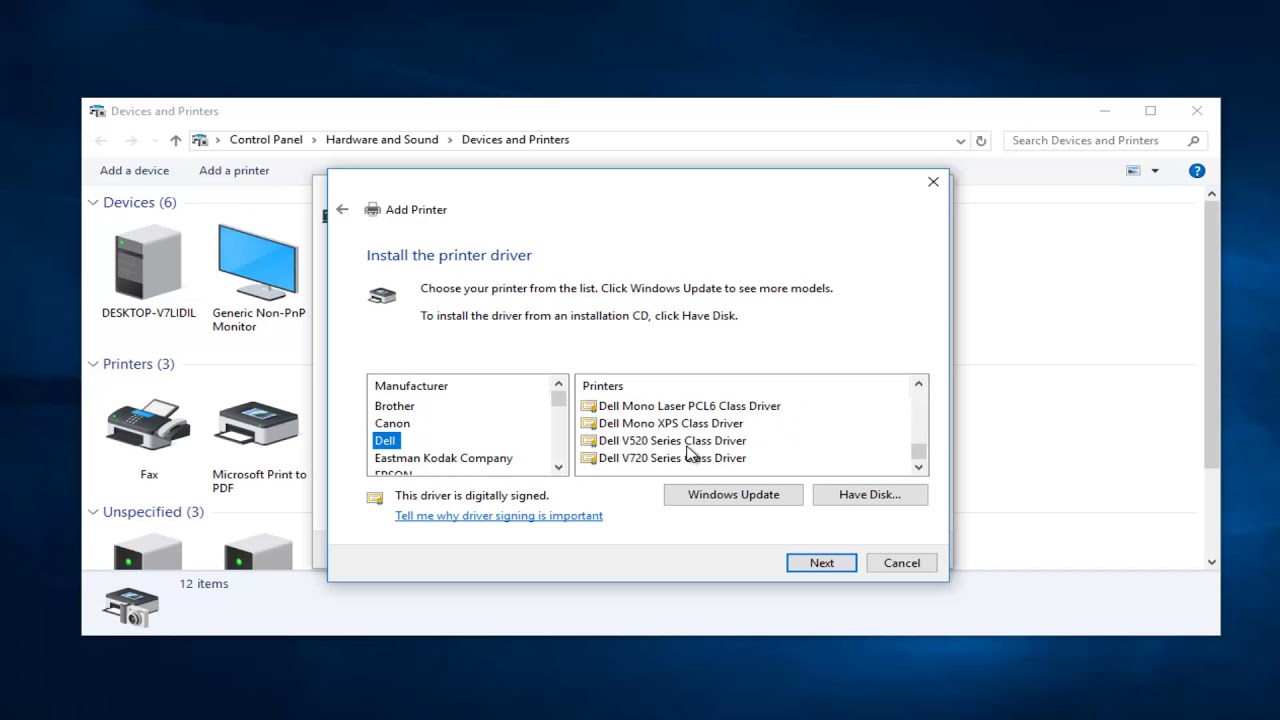
-
Confirm Ownership:
- Verify ownership of the offline file.
- Adjust ownership settings if necessary.
-
Adjust Permissions:
- Right-click on the offline file and select “Properties.”
- Navigate to the “Security” tab and click “Edit.”
- Modify permissions to grant full control.
-
Check for Encryption:
- Visit the “General” tab in file properties.
- If encrypted, decrypt the offline file.
-
Update User Account Settings:
- Ensure your user account has the necessary synchronization permissions.
- Modify account settings if required.
-
Temporarily Disable Antivirus:
- Turn off antivirus protection temporarily.
- Retry synchronizing the offline file.
Free Get AOMEI Backupper Now
-
Explore Secure Data Backup:
- Consider using AOMEI Backupper for regular backups.
Products
-
Explore Additional Tools:
- Discover other tools for Windows management.
Trending Now
-
How to Share Videos With Instagram Notes:
- Enhance your multimedia sharing.
-
SoundCloud vs. Spotify: Which One Is Better?:
- Compare popular music platforms.
-
What Is RCS Messaging on Android and How Do I Use It?:
- Explore advanced messaging features.
-
9 Ways to Fix Access Denied to Destination Folders in Windows 10:
- Additional solutions for specific errors.
Section 9: 9 Ways to Fix Access Denied to Destination Folders in Windows 10
-
Change Folder Ownership:
- Right-click on the Folder Access Denied and select “Properties.”
- Navigate to the “Security” tab and click “Advanced.”
- Head to the “Owner” tab and click “Change.”
- Enter your username and click “Check Names,” then “OK.”
-
Set Permissions for Pen Drive or Hard Drive:
- Right-click on the drive and choose “Properties.”
- Go to the “Security” tab and click “Edit.”
- Select your username and grant the necessary permissions.
-
Open Network and Sharing Center:
- Navigate to “Control Panel” > “Network and Sharing Center.”
- Click on “Change advanced sharing settings.”
- Enable network discovery and file sharing.
-
Perform CHKDSK to Repair the Disk:
- Open Command Prompt as Administrator.
- Type
chkdsk /f and press Enter.
- Allow the tool to scan and repair the disk.
-
Check Connection and Share Permissions:
- Ensure network connections are stable.
- Confirm share permissions for network Folder Access Denieds.
-
Disable User Account Control:
- Open “Control Panel” and go to “User Accounts.”
- Click on “Change User Account Control settings.”
- Move the slider to “Never notify” and click “OK.”
-
Perform a Clean Boot:
- Open “System Configuration” by typing
msconfig in the Run dialog.
- Go to the “Services” tab and check “Hide all Microsoft services.”
- Click “Disable all” and go to the “Startup” tab.
- Click “Open Task Manager” and disable startup items.
-
Use Advanced Sharing:
- Right-click on the Folder Access Denied and choose “Properties.”
- Go to the “Sharing” tab and click “Advanced Sharing.”
- Check “Share this folder” and customize permissions.
-
Get Full Access via CMD:
- Open Command Prompt as Administrator.
- Type
icacls "C:\Your\Path" and press Enter.
- Replace “C:\Your\Path” with the actual path of the folder.
- Confirm full access permissions.
Back-Up Important Folders Regularly to Prevent Data Loss:
- Emphasize the importance of regular backups.
Conclusion:
